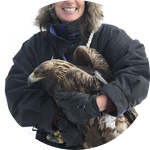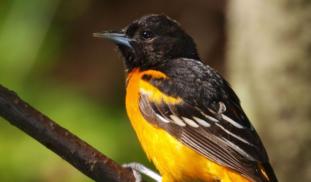Please wait...
About This Project
Migratory birds, songbirds in particular, over-winter in the tropics. Much of the land is being deforested to make room for agriculture. I have a unique opportunity to establish a bird sanctuary on at least 300 acres of a large organic cocoa plantation in the Dominican Republic. Funds raised for this project will be used to support a team of ornithologists who will identify the species of songbirds that live on the plantation.

Browse Other Projects on Experiment
Related Projects
Using eDNA to examine protected California species in streams at Hastings Reserve
Hastings Reserve is home to three streams that provide critical habitat for sensitive native species. Through...
City smart: Are cities making birds smarter?
One cannot go to Florida and miss the White Ibises roaming golf, park and private lawns. But how does a...
How do polar bears stay healthy on the world's worst diet?
Polar bears survive almost entirely on seal fat. Yet unlike humans who eat high-fat diets, polar bears never...


